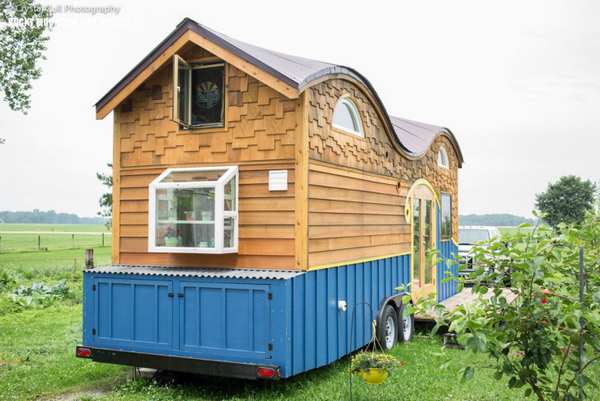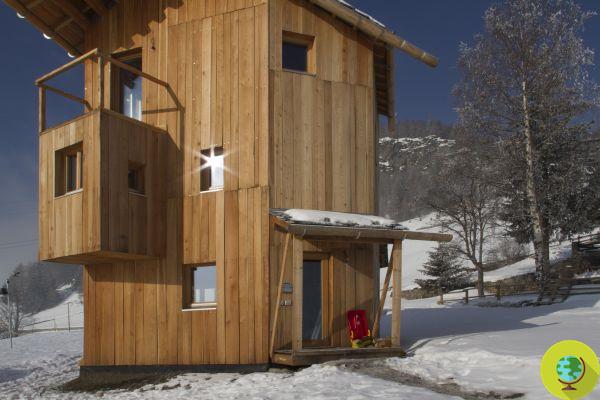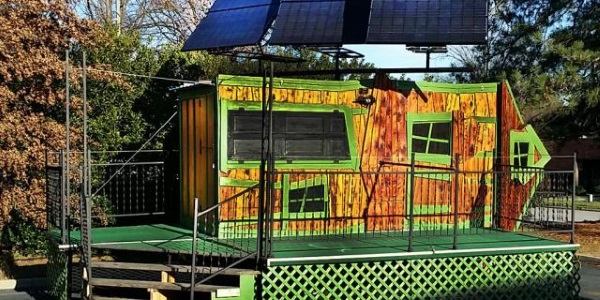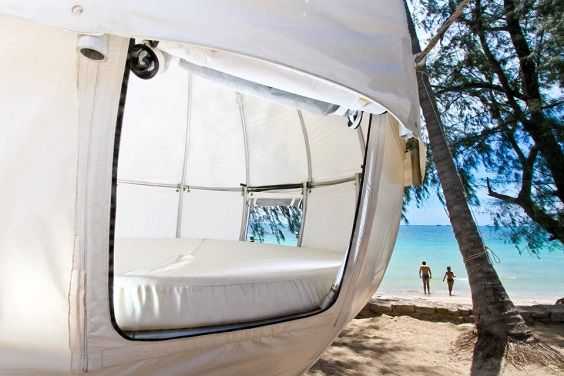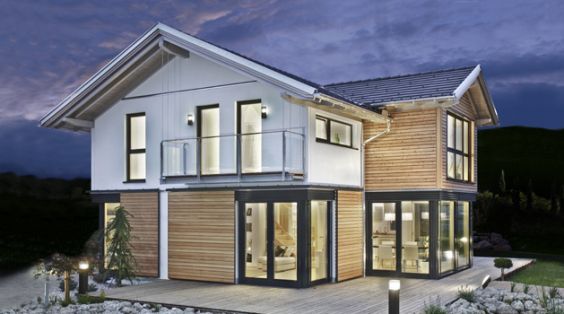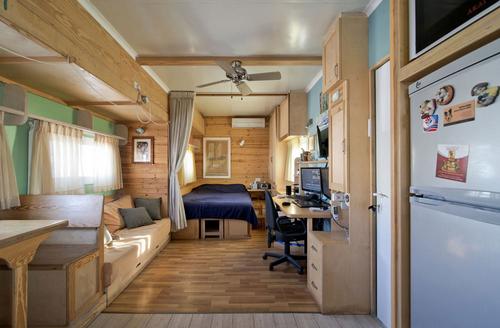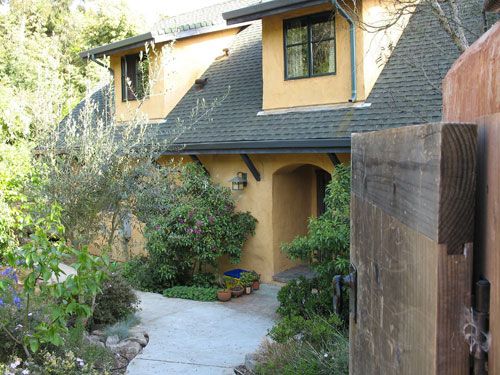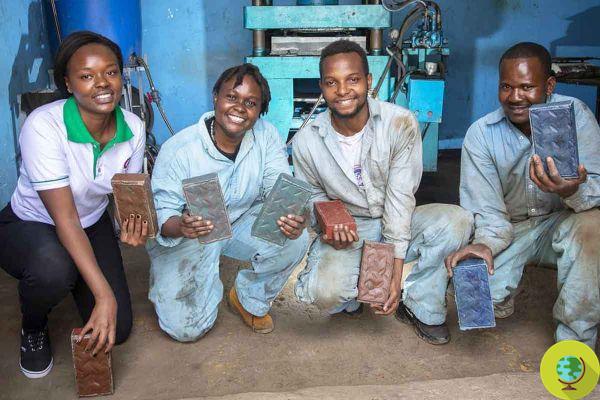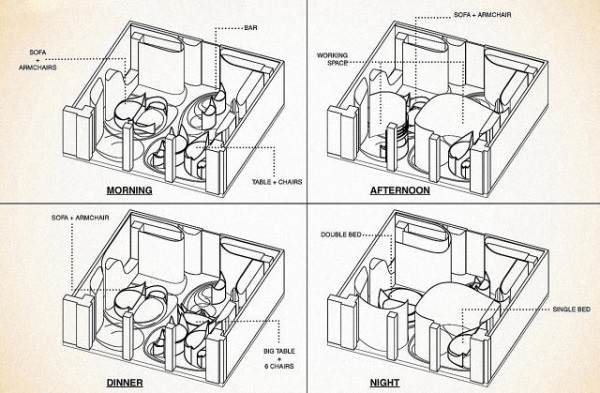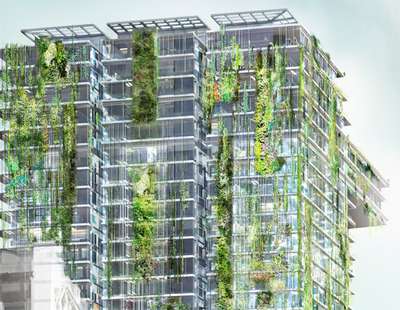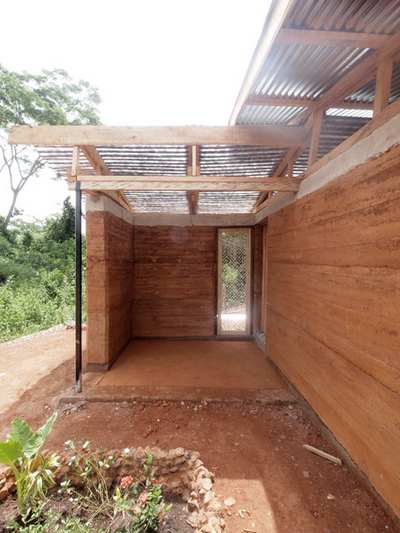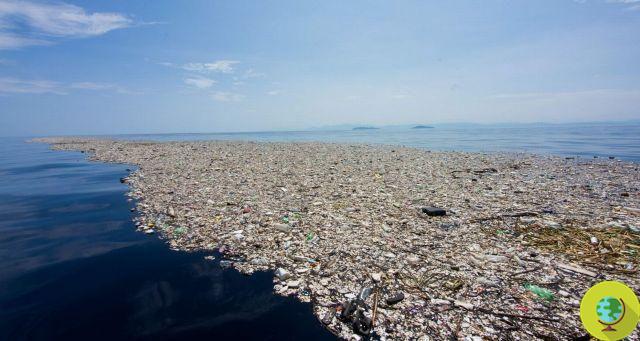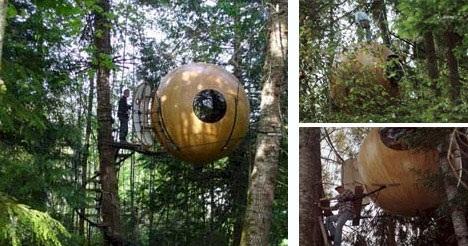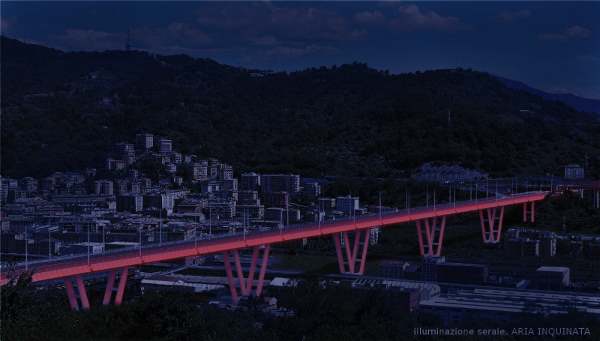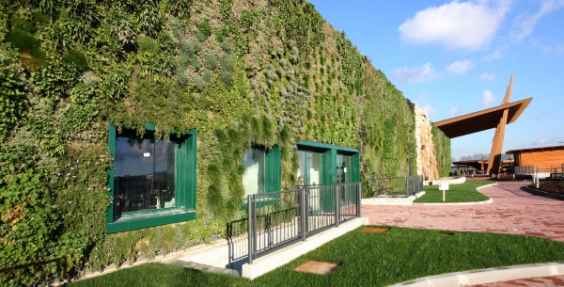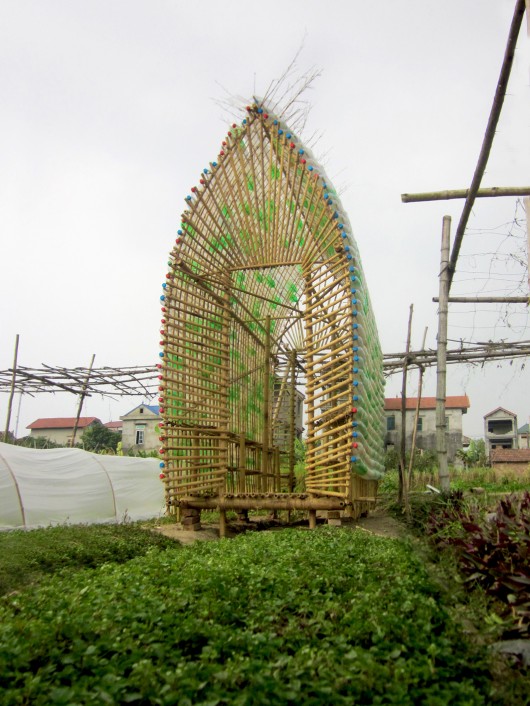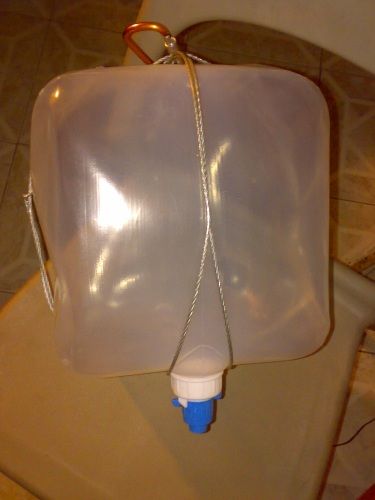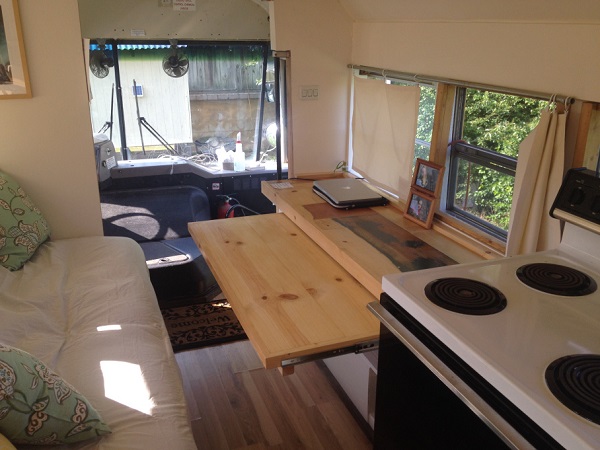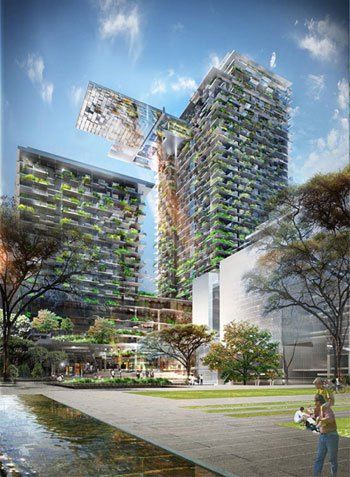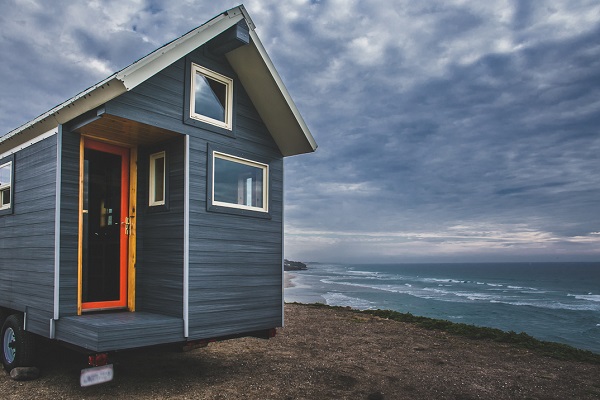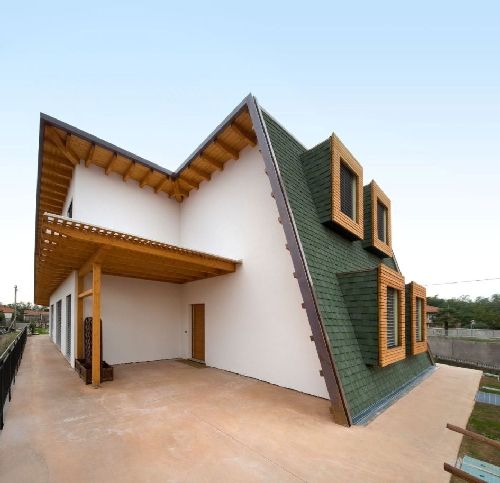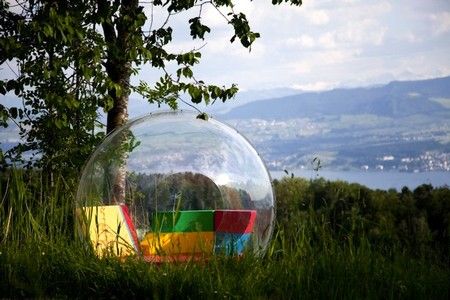Thanks to Arup, the first building powered by algae was born in Hamburg. On its façade there are twin-reactors containing algae that generate biomass and heat in a sustainable way. The system also makes it possible to guarantee the insulation of the building both from a thermal and acoustic point of view.
He is about to end up run over, his mother saves him
He was born in Hamburg, thanks to Arup, The first building powered by seaweed. On its façade there are twin-reactors containing algae that generate biomass and heat in a sustainable way. The system also makes it possible to guarantee the insulation of the building both from a thermal and acoustic point of view.
The algae used represent one renewable source of energy and are defined as microalgae usable in sustainable building projects. The façade of the building is covered with glass panels which constitute bi-reactors suitable for the exploitation of microalgae for energy production.
At the moment, 129 twin-jets, measuring 2,5 meters by 0,70 meters, have been positioned on the southwest and southeast facades of the building. The twin-jets are controlled by an energy management center obtained from the presence of the sun and algae and used for the hot water production.
Using biochemical processes applied to the facade of a building to create energy is a truly innovative concept, according to Jan Wum, head of Arup research in Europe. It could represent a sustainable solution for energy production in urban areas.
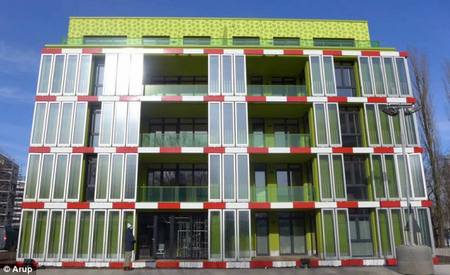
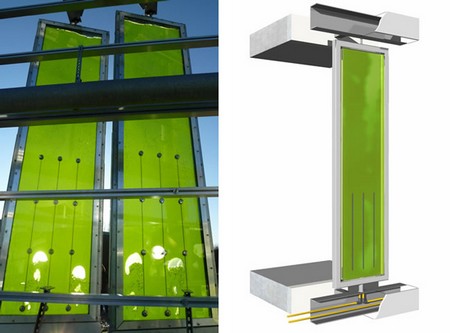
Arup's vision of the future envisages the creation of buildings that can be in a certain sense "living", due to the presence of algae, which are able to automatically respond to weather conditions and to changes in the needs of those who live there. inside a building made in green building.
Arup predicts that the buildings of the not too distant future, with reference to 2050, will look like real ones living organisms, equipped with intelligent systems capable of self-regulating according to the climate and made on the basis of a real saving of the planet's natural resources. We will probably have buildings that can automatically absorb sunlight to produce energy, to power a system zero emission artificial lighting.
Marta Albè
Read also:
- A building eats smog
- An algae lamp that absorbs the same CO2 as 150 trees
- Latro lamp, the lamp powered by the photosynthesis of algae




